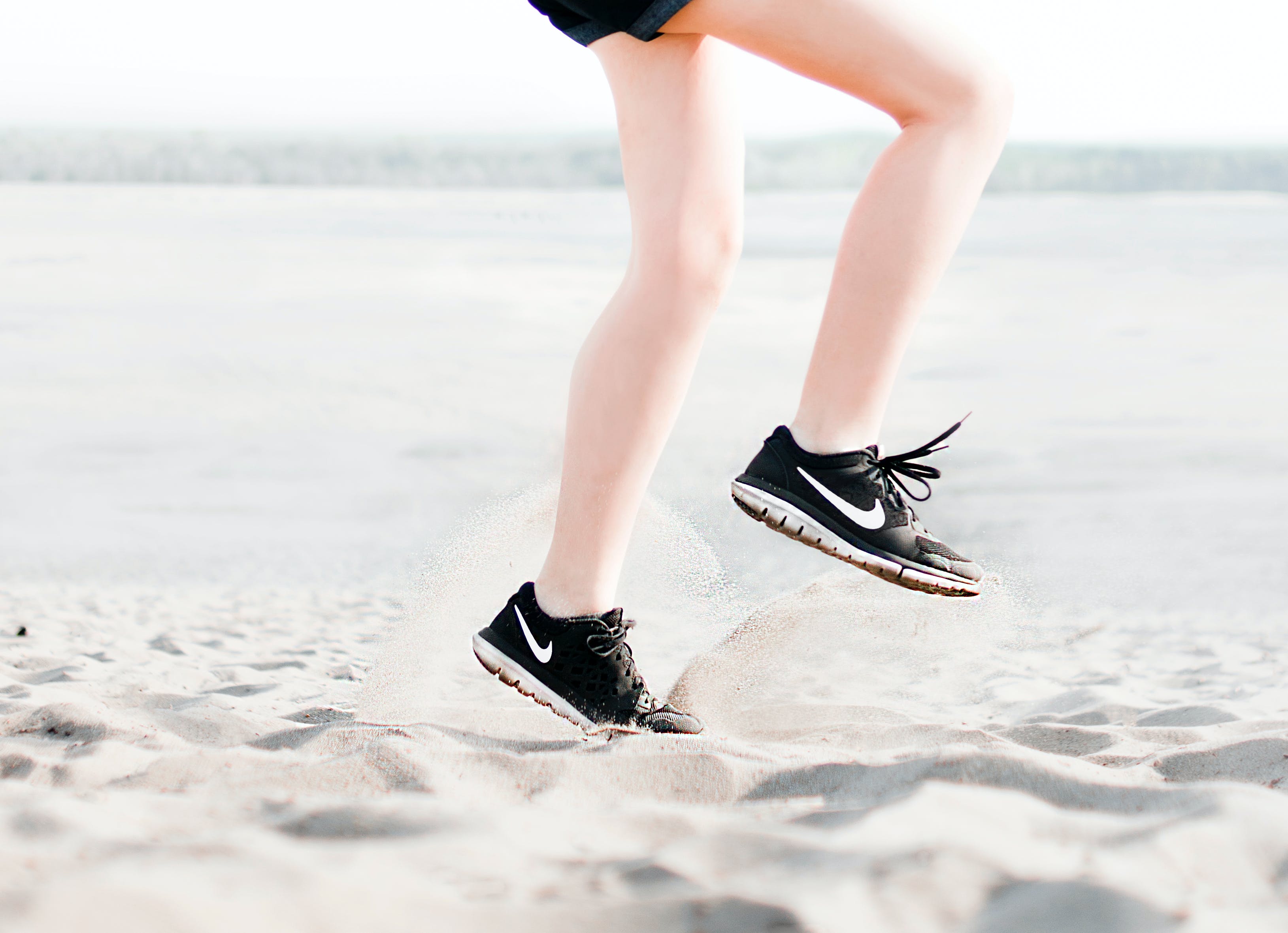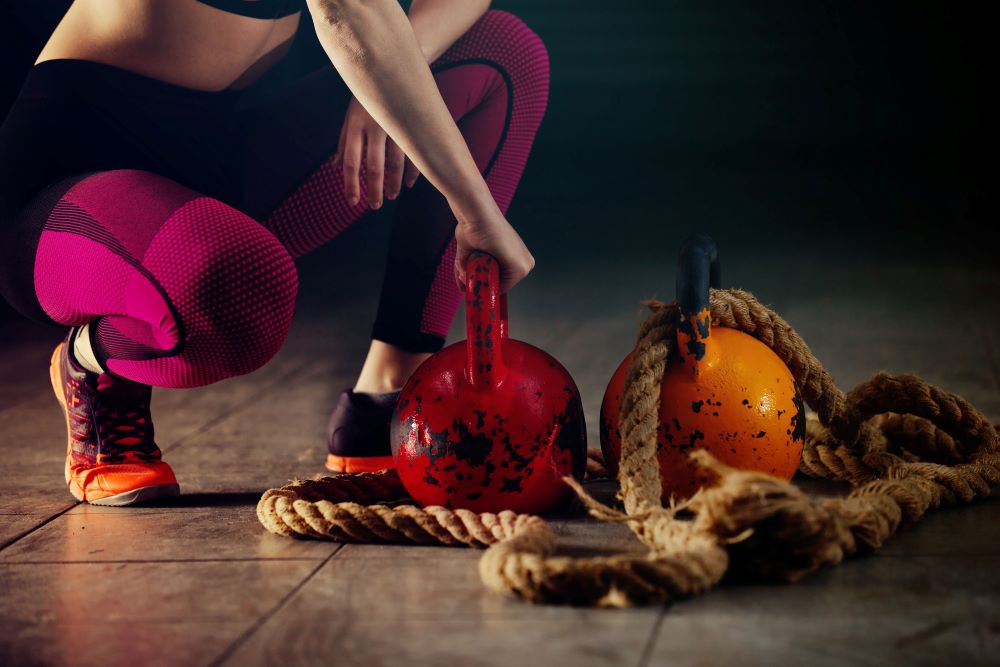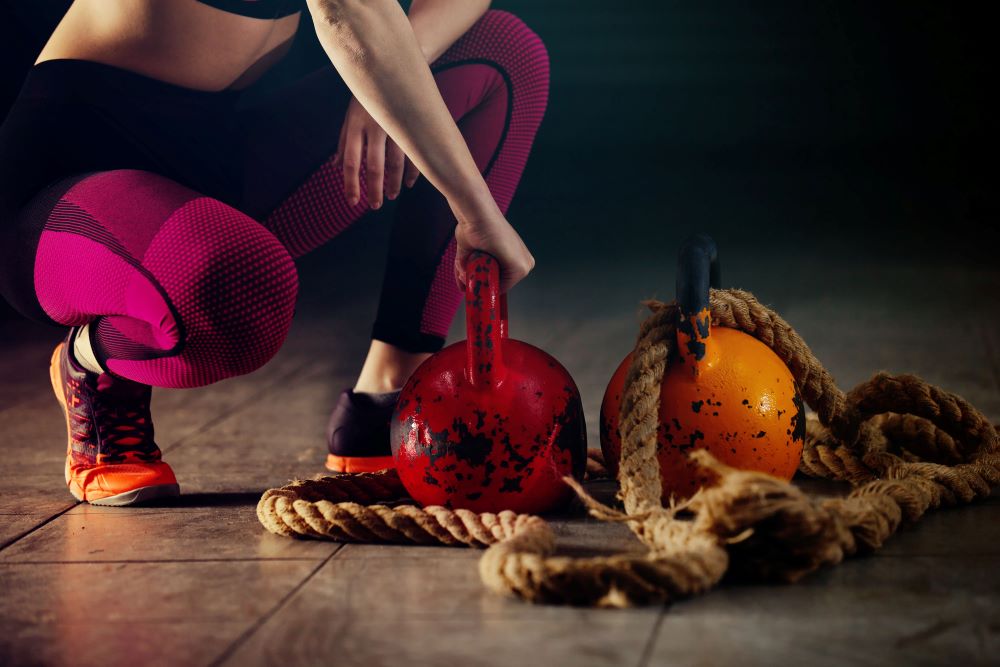Maintaining optimal joint health is crucial for runners at all levels, as it directly impacts performance and overall well-being. Good joint health enhances mobility, allowing for smoother movements during runs, while also helping to prevent injuries. As you push your limits on the trails or the track, your joints endure significant stress and strain, which can lead to discomfort or long-term damage if not properly addressed.
Here are some key reasons why joint health should be a priority for every runner:
- Injury Prevention: Strengthening the muscles around your joints through targeted exercises can significantly reduce the risk of common running injuries, such as knee pain or tendonitis.
- Enhanced Performance: Healthy joints allow for increased range of motion and flexibility, which can lead to better running form and efficiency.
- Longevity in the Sport: Prioritizing joint health means you can enjoy running for years to come without the setbacks that can arise from joint-related issues.
To support your journey towards better joint health, consider incorporating specific running joints exercises into your routine. These exercises not only strengthen the surrounding muscles but also improve flexibility and stability.
Visit our website to learn more and get started today! Click here.
Effective Warm-Up Exercises for Joint Mobility

Warming up is an essential part of any running routine, particularly when it comes to preparing your joints for the demands of the activity. Effective warm-up exercises not only increase blood flow to your muscles but also enhance joint mobility, which is crucial for preventing injuries.
Incorporating a series of dynamic stretches and mobility exercises can help to ensure that your joints are ready for the workout ahead. Here are some effective warm-up exercises specifically designed for joint mobility:
- Leg Swings: Stand next to a wall for support and swing one leg forward and backward in a controlled manner. Repeat on both legs. This exercise helps to loosen up the hip joints.
- Ankle Circles: While standing on one leg, lift the other foot off the ground and rotate your ankle in a circular motion. Perform several rotations in both directions to enhance ankle mobility.
- Arm Circles: Extend your arms out to the sides and make small circles, gradually increasing the size. This exercise warms up the shoulder joints and increases flexibility.
- Hip Openers: Stand tall and lift one knee towards your chest, then rotate it outward to open up the hip joint. Alternate legs for a comprehensive warm-up.
Integrating these warm-up exercises into your pre-run routine can greatly improve your joint mobility and prepare your body for the challenges of running. Remember, a well-prepared body is key to achieving your running goals!
Strengthening Exercises for Running Joints

To enhance your running performance and maintain joint health, incorporating strengthening exercises specifically targeting the muscles around your joints is vital. These exercises not only improve stability but also help to absorb shock, reduce the risk of injury, and enhance overall running efficiency.
Here are some effective strengthening exercises designed for your running joints:
- Squats: A fundamental exercise that targets the quadriceps, hamstrings, and glutes. Stand with your feet shoulder-width apart, lower your body as if sitting back into a chair, and keep your knees behind your toes. Aim for three sets of 10-15 repetitions.
- Single-Leg Deadlifts: This exercise focuses on balance and strengthens the hamstrings and glutes. Stand on one leg, hinge at the hip to lower your torso while extending the opposite leg behind you. Return to standing and repeat for 10-12 reps on each leg.
- Lateral Lunges: Step out to the side and lower your body into a lunge, focusing on keeping the opposite leg straight. This exercise enhances hip and knee stability while targeting the inner thigh muscles. Perform 10 repetitions on each side.
- Calf Raises: Stand on the edge of a step, raise up onto your toes, and slowly lower back down. This exercise strengthens the calf muscles and improves ankle stability, crucial for running. Aim for three sets of 15-20 repetitions.
Incorporating these strengthening exercises into your workout routine will not only support your running joints but also contribute to better overall performance. Strengthened muscles around the joints will provide the support needed to handle the impact of running, making your workouts more effective and enjoyable.
Stretching Techniques to Enhance Joint Flexibility

Incorporating stretching techniques into your routine is essential for enhancing joint flexibility, which plays a crucial role in maintaining a healthy running regimen. Improved flexibility not only allows for a greater range of motion but also helps prevent injuries by preparing your muscles and joints for the demands of running.
Here are some effective stretching techniques that can help improve your joint flexibility:
- Dynamic Warm-Ups: Before hitting the trails, engage in dynamic stretches like leg swings, arm circles, and walking lunges to warm up your muscles and prepare your joints for activity. These movements promote blood flow and flexibility without overstretching.
- Hip Flexor Stretch: Kneel on one knee with the other foot in front, bent at 90 degrees. Gently push your hips forward while keeping your back straight. This stretch targets the hip flexors, which are crucial for running efficiency. Hold for 15-30 seconds on each side.
- Hamstring Stretch: Sit on the ground with one leg extended and the other bent. Reach towards your toes on the extended leg while keeping your back straight. This stretch helps maintain flexibility in the hamstrings and supports knee joint health. Hold for 15-30 seconds on each leg.
- Quadriceps Stretch: Stand on one leg and pull the opposite foot towards your glutes, keeping your knees together. This stretch is essential for the quadriceps, which play a significant role in running. Hold for 15-30 seconds on each leg.
Regularly practicing these stretching techniques will enhance your joint flexibility, making your runs smoother and more enjoyable. Remember to include these stretches in both your warm-up and cool-down routines for optimal results.
Incorporating Joint Exercises into Your Training Routine
Integrating joint exercises into your training routine is a game-changer for any runner looking to boost performance and prevent injuries. These exercises not only enhance the strength and stability of your joints but also improve your overall running efficiency. Here’s how to effectively incorporate them into your regimen:
1. Schedule Specific Days: Dedicate specific days in your training week solely for joint exercises. Consider pairing these sessions with lighter running days or cross-training activities to allow your muscles to recover while still building strength.
2. Combine with Strength Training: Joint exercises can be seamlessly integrated into your strength training routine. For example, include exercises like squats, lunges, and leg presses that target major muscle groups and promote joint stability. This will not only enhance joint health but also build the strength necessary for more vigorous running sessions.
3. Focus on Form: When performing joint exercises, prioritize proper form over quantity. Engaging in exercises like ankle circles or knee raises with correct form ensures that you’re effectively targeting the intended muscles and protecting your joints from injury.
4. Use Resistance Bands: Incorporate resistance bands into your exercises to increase intensity without putting too much strain on your joints. Bands can be used for lateral walks, leg extensions, and glute bridges, providing an effective way to strengthen your stabilizing muscles.
5. Listen to Your Body: As you incorporate joint exercises, pay attention to how your body responds. If you experience pain or discomfort, consider adjusting the intensity or frequency of your workouts. Consulting with a fitness professional can also provide personalized guidance tailored to your needs.
By systematically incorporating joint exercises into your training routine, you’ll foster improved stability, flexibility, and strength, all of which are vital for enhancing your running performance.
Tips for Maintaining Healthy Joints While Running

Maintaining healthy joints while running is essential for longevity in the sport and overall physical well-being. Here are some effective tips to help you protect your joints and enhance your running experience:
1. Choose the Right Footwear: Investing in high-quality running shoes that provide adequate cushioning and support can significantly reduce the impact on your joints. Ensure that your shoes fit well and are suited to your foot type and running style. Regularly replacing worn-out shoes is crucial to avoid unnecessary joint stress.
2. Warm-Up and Cool Down: Always start your running sessions with a proper warm-up to prepare your joints and muscles for the workout ahead. Dynamic stretches and light jogging can increase blood flow and flexibility. Similarly, cooling down after your run with static stretches helps maintain flexibility and reduce stiffness.
3. Monitor Your Running Surface: The surface you run on can impact your joint health. Softer surfaces like grass or dirt trails tend to be easier on the joints compared to hard surfaces like concrete. Whenever possible, opt for well-maintained trails or tracks to minimize the impact.
4. Gradually Increase Mileage: Avoid the temptation to ramp up your mileage too quickly. Following the 10% rule—only increasing your weekly mileage by 10% at a time—can help prevent overuse injuries. This gradual approach allows your joints to adapt to increased demands.
5. Stay Hydrated and Maintain a Balanced Diet: Proper hydration is vital for joint lubrication, and a balanced diet rich in anti-inflammatory foods can support joint health. Incorporate foods high in omega-3 fatty acids, antioxidants, and vitamins to keep your joints functioning optimally.
6. Incorporate Rest Days: Giving your body time to recover is essential for joint health. Ensure you include rest days in your training plan to allow your joints to recuperate and to prevent fatigue and injury.
By following these tips, you can maintain healthy joints and enjoy a fulfilling running journey. Visit our website to learn more and get started today! Click here.


